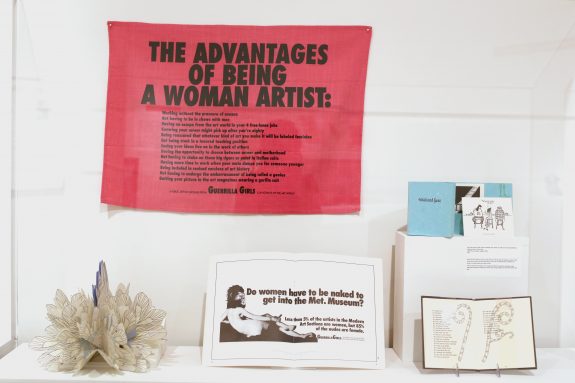
DAAP Library Portion of Two Hundred Years of Curation Exhibit
Women Directed, Women Curated
The Robert A. Deshon and Karl J. Schlachter Library for Design, Architecture, Art, and Planning has been collecting artists’ books since 1970, and a portion of these books are on display at the Two Hundred Years of Curation exhibit. Artists’ books come in many forms, among them: a traditional codex, a stack of playing cards, a flip book, a tunnel book, and a scroll. Some forms toy with the boundaries of how a book is read, inviting more active participation by the reader than reading alone and some forms cross the boundaries into a more sculptural realm. They are often published in small editions, though they are sometimes produced as one-of-a-kind objects.
The DAAP Library’s collection includes works by many famous artists: Sol LeWitt, Edward Ruscha, Dieter Roth, Jenny Holzer, Yoko Ono and others. The collection also comprises several hundred hand-crafted books, many of which serve as excellent examples of fine binding and book illustration and reflect a focus on the artistic movements of the 1970s and 1980s. Recent efforts in collecting reflect the collectors’ interests in sculptural form, identity politics in relation to race and gender, and other recent artworld trends.
In celebration of the centennial of woman’s suffrage, all of these selections on display were created by women artists, and selected by women librarians.
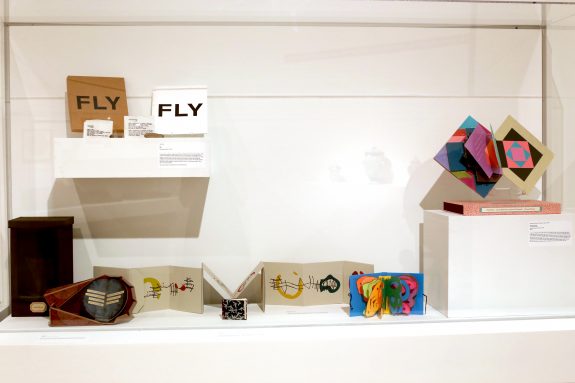
Another view of DAAP Library Portion of Two-Hundred Years of Curation

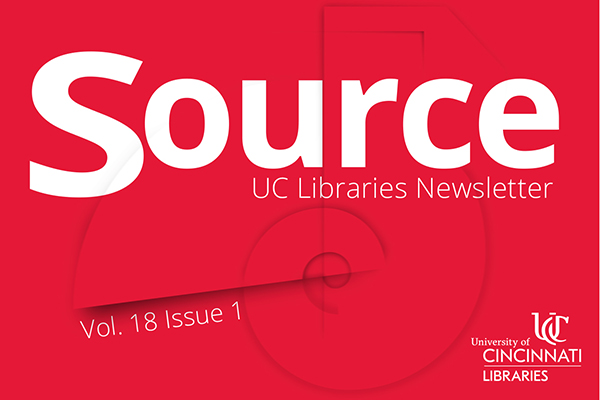 Read Source, the online newsletter, to learn more about the news, events, people and happenings in UC Libraries.
Read Source, the online newsletter, to learn more about the news, events, people and happenings in UC Libraries.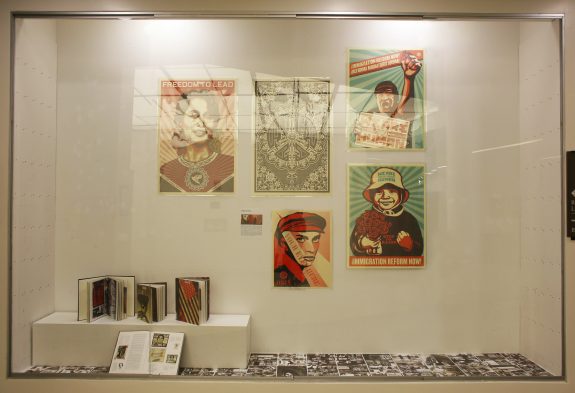
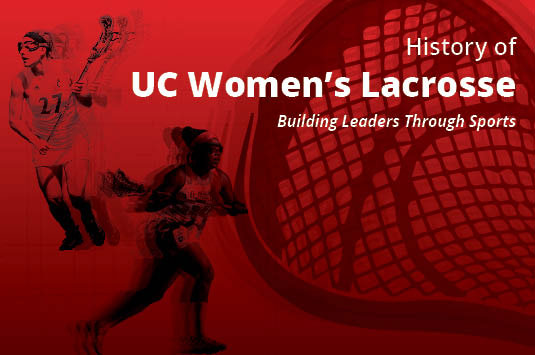 In 2007, the University of Cincinnati’s women’s lacrosse team, coached by Lellie Swords, played its first game. While they lost that game, in the 12 years since they have had many notables to celebrate including a player named All American and current coach Gina Thomas playing for Team USA. in 2018 they joined the American Athletic Conference (AAC), and in 2019 won AAC Freshman and Coaching Staff of the Year honors.
In 2007, the University of Cincinnati’s women’s lacrosse team, coached by Lellie Swords, played its first game. While they lost that game, in the 12 years since they have had many notables to celebrate including a player named All American and current coach Gina Thomas playing for Team USA. in 2018 they joined the American Athletic Conference (AAC), and in 2019 won AAC Freshman and Coaching Staff of the Year honors.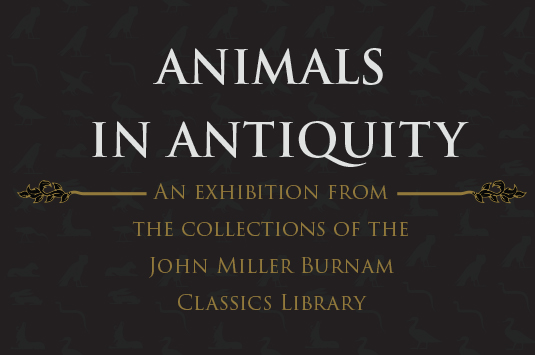 On the fifth floor lobby of the Walter C. Langsam Library is the exhibit “Animals in Antiquity: An exhibition from the collections of the John Miller Burnam Classics Library.”
On the fifth floor lobby of the Walter C. Langsam Library is the exhibit “Animals in Antiquity: An exhibition from the collections of the John Miller Burnam Classics Library.”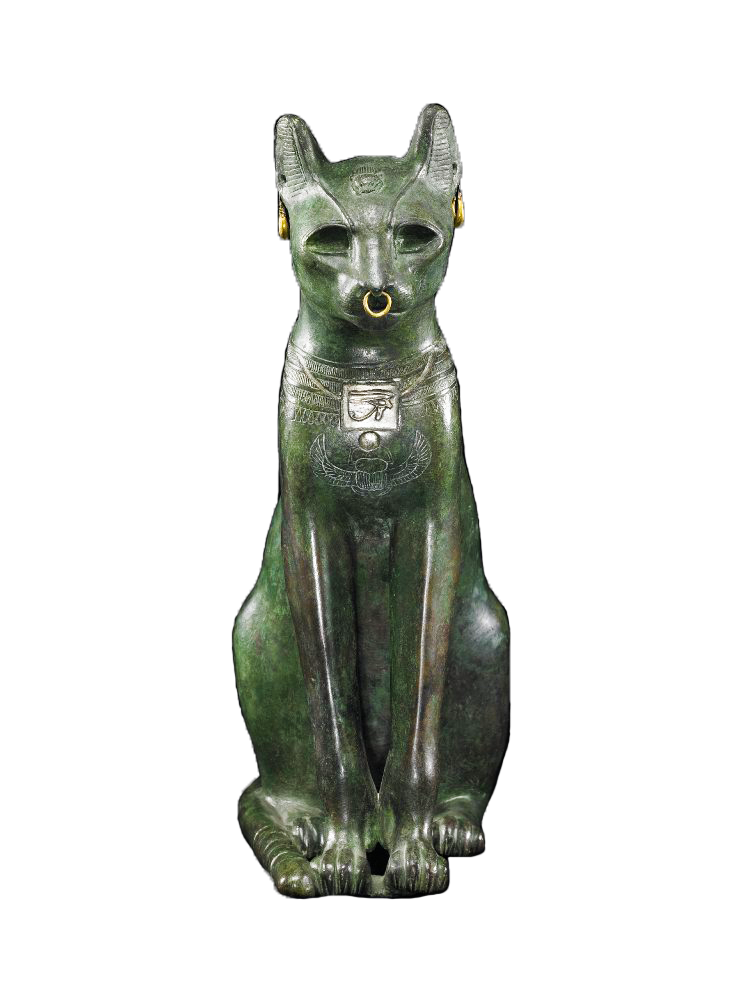

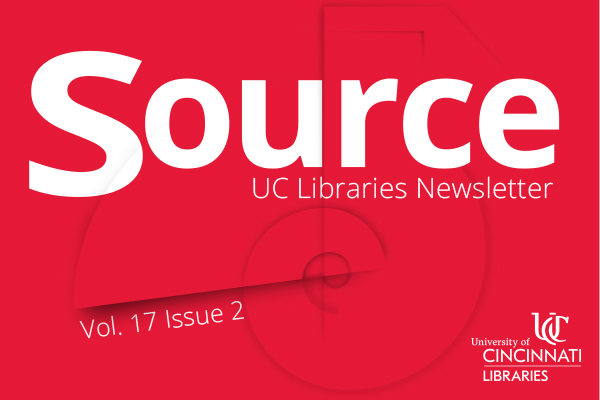 Read Source, the online newsletter, to learn more about the news, events, people and happenings in UC Libraries.
Read Source, the online newsletter, to learn more about the news, events, people and happenings in UC Libraries.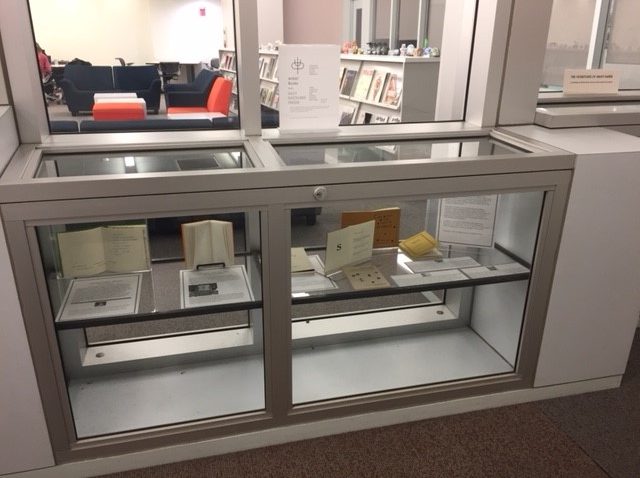
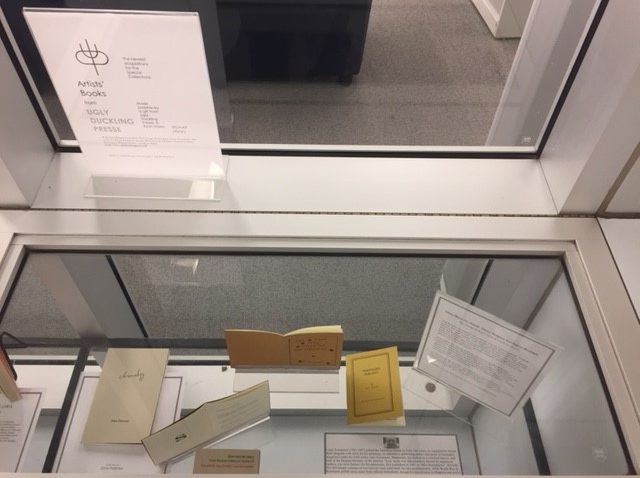
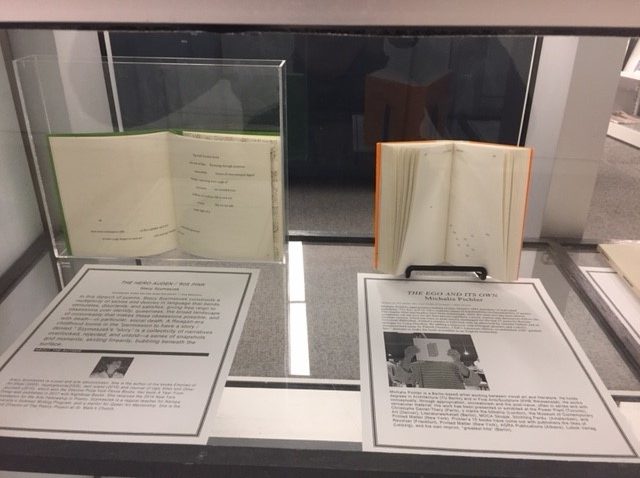
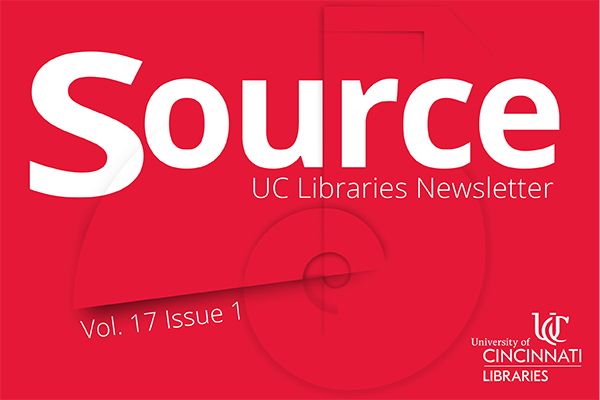 Read Source, the online newsletter, to learn more about the news, events, people and happenings in UC Libraries.
Read Source, the online newsletter, to learn more about the news, events, people and happenings in UC Libraries.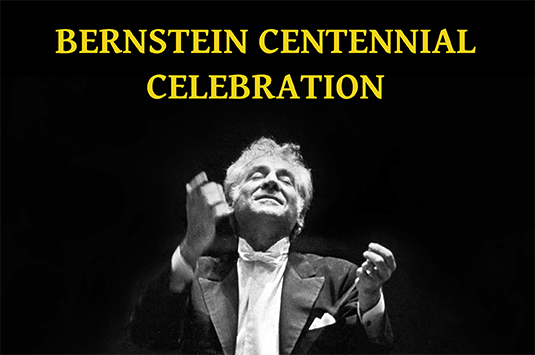
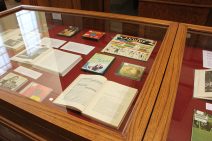 The exhibit was designed by UC Libraries communication co-op student Sophia Yu with assistance from co-op student Sam Kane. It was curated by Jenny Doctor, head of the CCM Library, and Paul Cauthen, assistant music librarian, and produced by Melissa Cox Norris, director of library communications.
The exhibit was designed by UC Libraries communication co-op student Sophia Yu with assistance from co-op student Sam Kane. It was curated by Jenny Doctor, head of the CCM Library, and Paul Cauthen, assistant music librarian, and produced by Melissa Cox Norris, director of library communications.